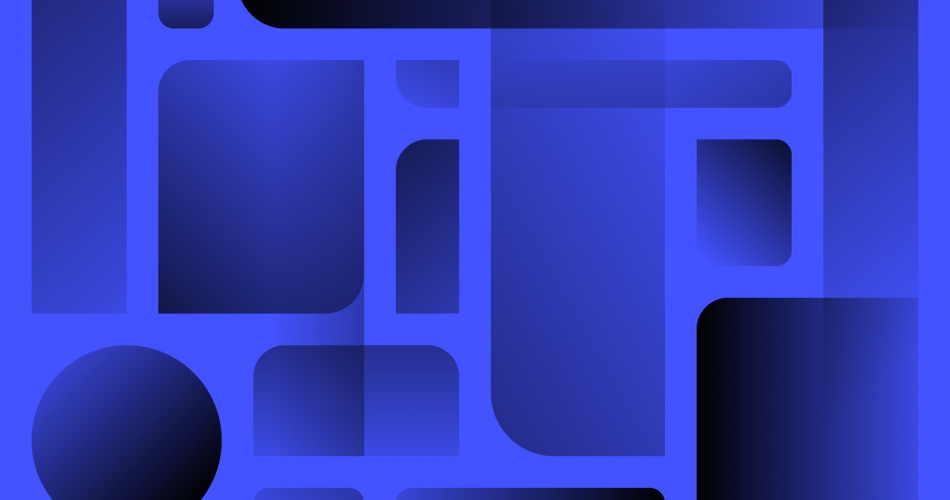Introduction:
In the ever-evolving landscape of web development, staying ahead of the curve is crucial. One of the most significant advancements in recent times is the introduction of CSS Grid Layout. This powerful tool has revolutionized the way we approach web design, providing a flexible and efficient way to create complex layouts with ease.
In the realm of web development, creating visually appealing and responsive layouts is a constant challenge. CSS Grid Layout, a powerful two-dimensional grid system, has emerged as a game-changer, offering developers a robust solution to streamline the design process.
Understanding CSS Grid Layout:
CSS Grid Layout allows developers to design web layouts in both rows and columns, providing precise control over the positioning and sizing of elements. Unlike its predecessor, the Flexbox model, CSS Grid enables the creation of complex, grid-based layouts without relying on intricate HTML structures or float properties.
Key Features:
- Grid Container and Items:
At the core of CSS Grid is the concept of a grid container. By setting an element as a grid container, its direct children become grid items. This simple structure forms the foundation for creating intricate layouts. - Grid Lines and Tracks:
Grid lines define the columns and rows of the grid. Developers can specify the size of these tracks, allowing for precise control over the layout. This flexibility is particularly valuable for creating responsive designs that adapt to various screen sizes. - Grid Template Areas:
CSS Grid introduces the concept of template areas, enabling developers to assign names to different sections of the grid. This feature simplifies layout creation by providing a clear and intuitive way to organize content.
Basic Implementation:
To implement a basic grid layout, one must first define a container as a grid by using the display: grid; property. Subsequently, specifying the number and size of columns and rows, and assigning grid items to specific areas, completes the layout.
.container {
display: grid;
grid-template-columns: repeat(3, 1fr);
grid-template-rows: 100px 200px;
gap: 10px;
}
.item1 {
grid-column: 1 / 3;
grid-row: 1;
}
.item2 {
grid-column: 2;
grid-row: 2;
}
/* Add more items and styling as needed */Benefits of CSS Grid Layout:
- Simplified Code:
CSS Grid reduces the need for complex HTML structures and intricate styling. This simplicity not only makes the code more readable but also accelerates development. - Responsive Design:
With its built-in responsiveness, CSS Grid makes it easier to create designs that adapt seamlessly to different screen sizes. This is crucial in today’s era of diverse devices and resolutions. - Improved Layout Control:
Developers have unprecedented control over the placement and sizing of elements within the grid. This precision facilitates the creation of intricate and visually appealing designs.
Conclusion:
In conclusion, CSS Grid Layout is a revolutionary tool that empowers developers to create sophisticated web layouts with ease. Its intuitive syntax and powerful features make it a go-to choice for modern web development, providing the flexibility and control needed to bring creative visions to life.

